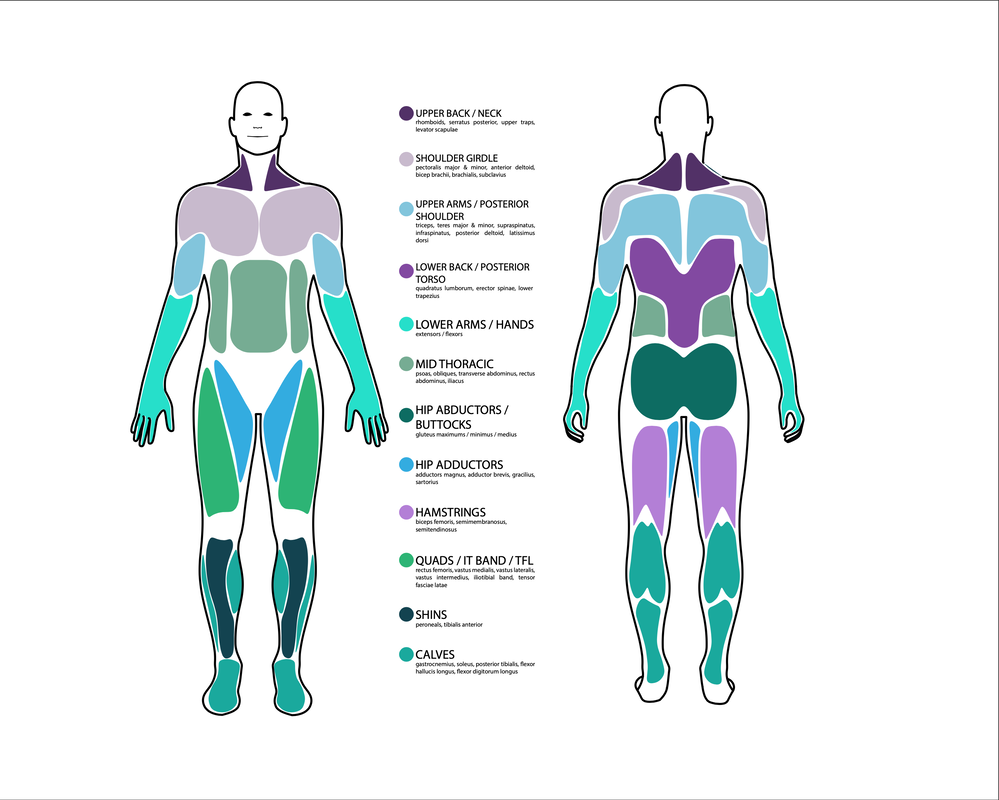REACH ZONES
At Reach, we've broken down the body into 12 distinct zones, each with its own primary and secondary areas of attention. During a session, we target your main areas of concern first, then address the supporting muscles and fascia that play a crucial role in your overall well-being. Think of it as giving your body the complete attention it deserves, ensuring every part works together seamlessly in the kinetic chain. Click any of the videos below to get a peak of what to expect for each zone.
|
|
|
|
|
|
|
|
|
|
|
|
|
|
|
|
REACH BODYWORK STUDIO
871 W. Eisenhower Pkwy
Ann Arbor, MI, 48103
Phone: 734-249-9423
Email: [email protected]
871 W. Eisenhower Pkwy
Ann Arbor, MI, 48103
Phone: 734-249-9423
Email: [email protected]


